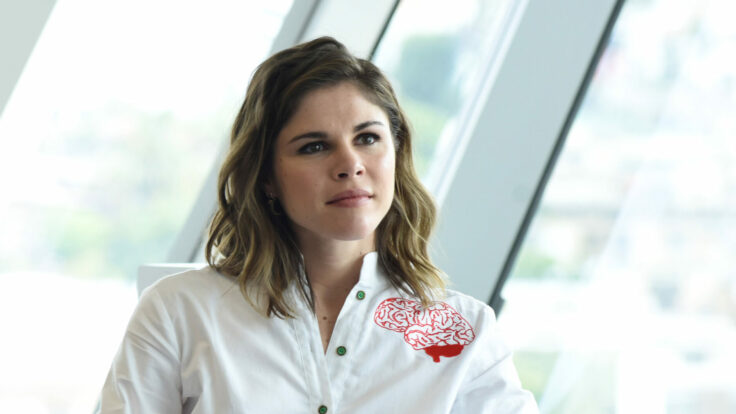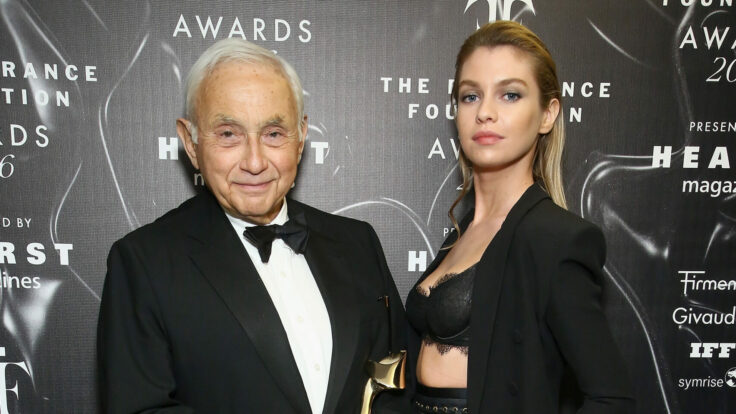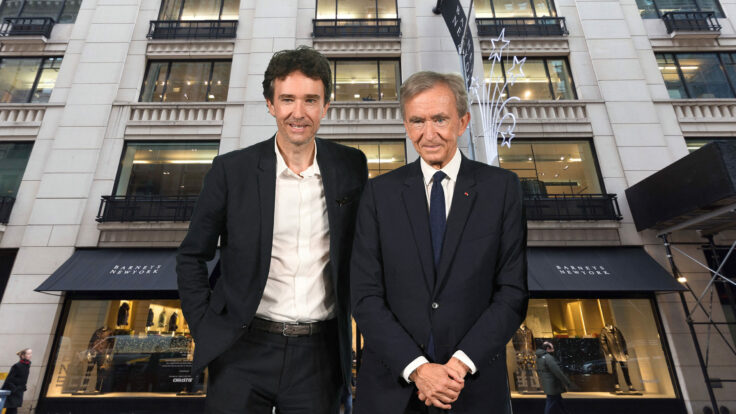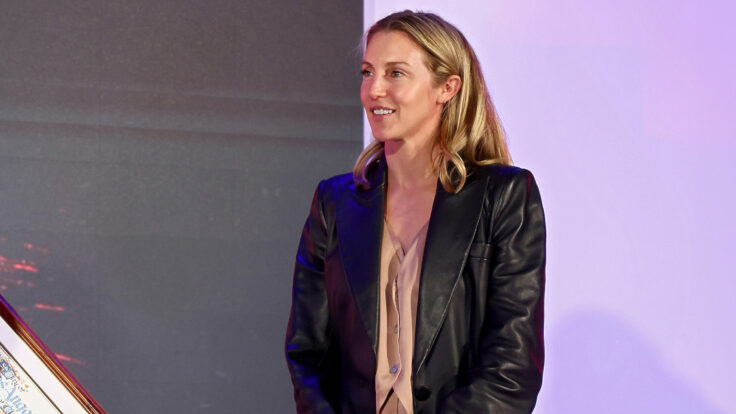Can we talk about what’s going on with Tremaine Emory? The design consultant, who was named creative director of Supreme in February 2022, suffered a lower aorta aneurysm last October—a very scary, life-threatening condition—and is still in recovery mode. Emory has been open about what he’s been through on at least one podcast, and yet the situation has been all but ignored in the traditional press, despite the fact that he’s leading the creative for what is arguably the most important American fashion brand to emerge over the past 30 years.
Supreme, which was acquired by sportswear conglomerate VF Corp in 2020 at a $2.1 billion valuation, isn’t that big of a company (it generated about $500 million in sales in 2021), but its influence is gargantuan. After all, Supreme essentially created the modern playbook for how people buy fashion today—with sales driven by limited-edition releases, collaborations, and a queue out the door as a main form of marketing. Hiring Emory, one of only a few Black designers to lead a major American brand, was a big deal, not only because of his status as a fashion insider but also because it indicated that the notoriously press-shy founder James Jebbia might be taking a step back.

















